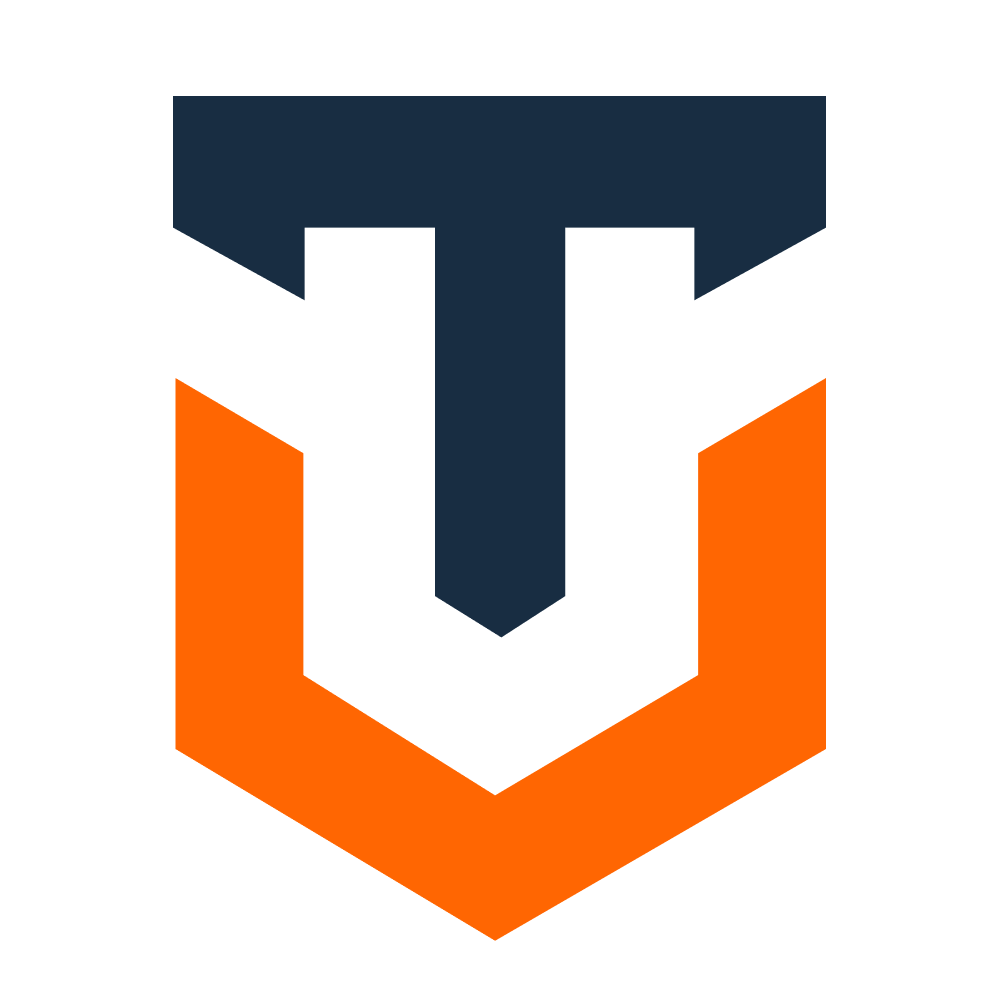The Python programming language has been around since 1991, and while it’s not quite as popular as JavaScript or Ruby yet, it’s quickly growing in popularity within the web development community. Its growth might be attributed to the many Python frameworks out there, like the ones mentioned below. Whether you’re looking to create your first web application with Python or you’re just trying to better understand these various Python frameworks and how they work, we hope that this list can help point you in the right direction and inspire you to keep learning! Without further ado, here are our top 10 favorite Python frameworks!
1) Flask
Flask is a microframework for Python. A web application created with Flask is made up of one or more apps that can be connected to each other, so when you visit your site in a browser, it will look like a single website even though you built it from many different parts. This makes Flask well-suited to developing apps intended to live on and run by themselves.
2) Django
Django is a high-level web framework that encourages rapid development and clean, pragmatic design. Created by an online news publishing team, Django was born out of frustration with existing tools. It’s very high level, it does get out of your way and let you focus on writing code instead of building infrastructure (which means fewer bugs). This approach also makes things like testing and debugging easier as there are fewer lines of code to run through.
3) Pyramid
The Pyramid web framework is a great choice if you need to build large, scalable, and secure systems. Pyramid’s chief benefits are its flexibility in how it can be deployed and how it handles MVC (Model-View-Controller) architecture. One of its greatest drawbacks is that it hasn’t yet reached version 1.0 (but rather, is still working toward it). Check out our guide on How to Choose a Web Framework for more information on frameworks as well as detailed comparisons.
4) Bottle
The bottle is an easy-to-use and lightweight WSGI micro web framework for Python. It is distributed as a single file module and has no dependencies other than the Python Standard Library. It is developed by Ian Bicking and licensed under MIT License (Expat).
5) Falcon
Falcon is a fast, simple, and modular WSGI library for building speedy web APIs and app backends. It started as a part of GitHub’s infrastructure and was designed to take advantage of multiple cores by default.
6) Sanic
Sanic is a Flask-like, ridiculously fast Python 3.5+ web server that’s written to go fast. It’s a pythonic and highly performant web framework for building applications and microservices.
7) Asyncio
Python 3.4 was released with a completely new asynchronous programming framework, Asyncio. It makes it possible to use coroutines for building event-driven programs that are written in a synchronous style. This library is compatible with older versions of Python and can run on both CPython and PyPy. It uses an actor model which allows lightweight concurrent tasks to run without getting blocked by each other.
8) Tornado
The web framework and the web server are written in Python. Licensed under Apache License, Version 2.0. For example, a large portion of Dropbox’s backend code is written using Tornado; see also RunDeck and Heroku.
9) PyPy (a.k.a. Speedup/PyPy3k)
PyPy is a fast, compliant alternative implementation of Python. The project provides a Just-In-Time compiler (JIT) and can greatly speed up your code. PyPy also supports both Python 2 and 3, although some features (like __slots__ ) only work with Python 2.
10) SQLAlchemy
SQLAlchemy is a SQL toolkit and Object Relational Mapper that gives application developers the full power and flexibility of SQL. SQLAlchemy provides an expressive, dynamic schema that allows for database-agnostic querying. Python web development frameworks like Django, Flask, and Pyramid rely on SQLAlchemy to function.
Conclusion
Before you dive into a framework and start writing applications, think about your immediate needs. Are you trying to create web-based software in order to boost productivity? To enhance security? To increase flexibility? You may find that one particular framework meets all of your criteria—or you may find that none of them do. In either case, remember that there’s no point in limiting yourself at an early stage of development; keep an open mind, and don’t be afraid to try new things.





0 Comments